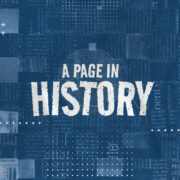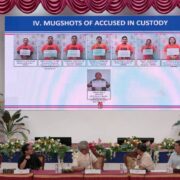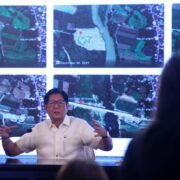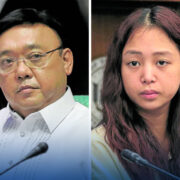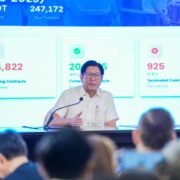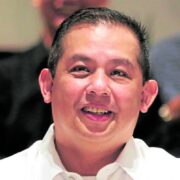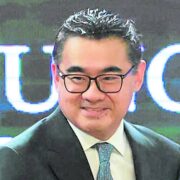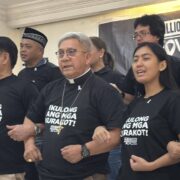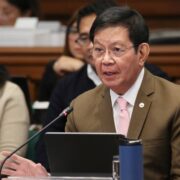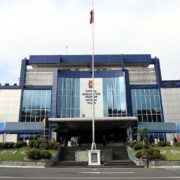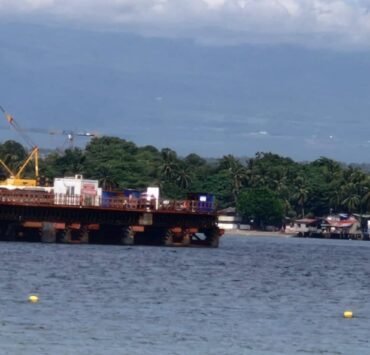Cardinals hope for speedy conclave under Michelangelo’s gaze
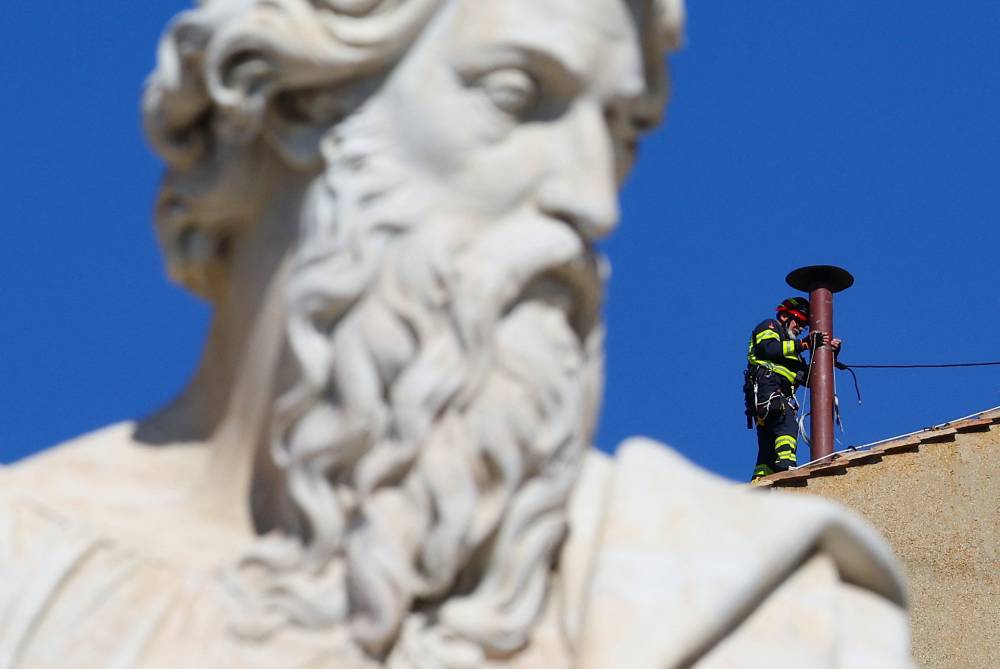
VATICAN CITY—If Roman Catholic cardinals have not picked a new pope by day three of next week’s conclave, then things are not going to plan.
Short conclaves wrapped up in a couple of days project an image of unity, and the last thing the red-robed cardinals will want is to give the impression that they are divided and the Church adrift after the death of Pope Francis last month.
“Maximum three days,” Salvadoran Cardinal Gregorio Rosa Chavez confidently predicted this week ahead of the secret ballot, which will begin in the Sistine Chapel on May 7.
Vatican workers on Friday hoisted onto the roof of the Sistine Chapel the chimney that will be used in burning the ballots for the conclave that will elect a successor to Pope Francis.
The secret meeting begins on May 7, with the sequestered cardinals using the chimney to tell the outside world whether they have elected a new leader of the 1.4-billion-strong Catholic Church.
Black smoke will signify no decision, white will announce that the 267th pope has been elected.
The workers attached a rust-colored pipe above the terracotta tiles of the roof of the 15th century Sistine Chapel, which is known for its frescoes by Michelangelo.
The chimney is clearly visible from the nearby St. Peter’s Square, where thousands are expected to gather during the conclave to see how the secret balloting is progressing.
Francis, who died on April 21, had been pope since 2013 and was the first pontiff from the Americas. Some 133 cardinals, about 80 percent of them appointed by Francis, are expected to be in the conclave to vote on his successor.
The average length of the last 10 conclaves was 3.2 days and none went on for more than five. The last two elections—in 2005 when Pope Benedict was picked and in 2013 when Francis emerged—were wrapped up in just two days.
Majority needed
The conclave takes place over as many rounds of voting as needed until one candidate gets a two-thirds majority.
“Clearly the more ballots you have, the more difficult things have become. But the signs are that they want to proceed quickly,” said Giovanni Vian, a professor of Christian history at Venice’s Ca’ Foscari University.
Some of the cardinals have been “papabile”—a possible pope—for years. Others will rise to the fore only during the current daily meetings, known as general congregations, where cardinals discuss the Church’s future.
When Francis died, most Vatican observers saw Italian Cardinal Pietro Parolin and the Filipino prelate Luis Antonio Tagle as the obvious front-runners, with a multitude of other possible candidates following in their wake.
The initial vote, on the afternoon the conclave begins, often serves as an informal sounding board in which numerous names are widely dispersed.
Serious choices
From the second day, two votes are held in the morning and two in the afternoon. According to conclave regulations, if no one has been chosen after the first three days, the cardinals should take a day-long “pause of prayer” before continuing.
It will soon become clear if there is a viable front-runner, or if a compromise candidate is needed.
“If we don’t get a new pope quickly it will show that the push for the front-runners petered out very quickly,” said Rev. Thomas Reese, a Jesuit priest and Vatican commentator.
“It will also reinforce the fact that there are a lot of cardinals in there and they just don’t know each other very well,” he added.
Many of the cardinals appointed by Pope Francis came from far-flung dioceses as he sought to strengthen the Church in areas where it previously had limited reach.
This means it will be the first conclave for a vast majority of participants and also that many of those sitting beneath Michelangelo’s famed frescos will have had little opportunity to get to know one another beforehand.
That could create space for so-called “grand electors,” who have emerged discreetly in previous years to promote candidates at the preconclave meetings and then help shape opinions as the contours of the vote come into focus.
Sworn to secrecy
All cardinals would deny campaigning for an election they believe is guided by the Holy Spirit. But while no discussion is permitted during the voting sessions themselves, cardinals are free to exchange views over meals at Santa Marta, the Vatican residence where most will be staying.
Successful electors can identify a compromise candidate able to pick up votes from all sides, said the historian Vian.
When cardinals met for their second conclave of 1978 after the sudden death of Pope John Paul I, Vienna’s Franz Koenig rallied German-speaking cardinals, and Polish American John Krol the US prelates, to support the little known Pole Karol Wojtyla, who became Pope John Paul II within three days.
With the focus seemingly on doctrinal disputes ahead of the coming conclave, Germany’s Gerhard Mueller has been giving daily newspaper interviews rallying traditionalist ranks, while numerous voices, including Canadian Michael Czerny, have been pushing for Francis’ moderate vision to prevail.
Cardinals are sworn to secrecy about how votes progress, but detailed accounts often surface in the aftermath.
In his 2019 book “The Election of Pope Francis,” Gerard O’Connell reported how Jorge Mario Bergoglio, an Argentine cardinal who had not been flagged as a papabile, grabbed attention thanks to a powerful speech to his peers heading into the 2013 conclave.
O’Connell said 23 cardinals received at least one vote in the first vote, with Bergoglio coming second. He edged ahead in the second vote and pulled further clear in the third, to the chagrin of supporters of the Italian favorite, Angelo Scola.
In an apparent effort to derail Bergoglio, a rumor spread at lunchtime on the second day that he only had one lung and might not be physically fit to run the Church. He let it be known that only a small part of one lung had been removed and by the fifth vote that same afternoon he was pope.
In 2005, Cardinal Joseph Ratzinger was the clear favorite going into the Sistine Chapel and led from the first vote. He won handsomely by the fourth ballot to become Benedict XVI.
Even if it is impossible to say how things will go this time around, cardinals hope for a similar, smooth outcome.
“I wouldn’t panic if we don’t have a pope by the end of day two, but if there still isn’t any white smoke by the end of the third day, then we start to get worried,” said Reese.
Reuters, the news and media division of Thomson Reuters, is the world’s largest multimedia news provider, reaching billions of people worldwide every day. Reuters provides business, financial, national and international news to professionals via desktop terminals, the world's media organizations, industry events and directly to consumers.

